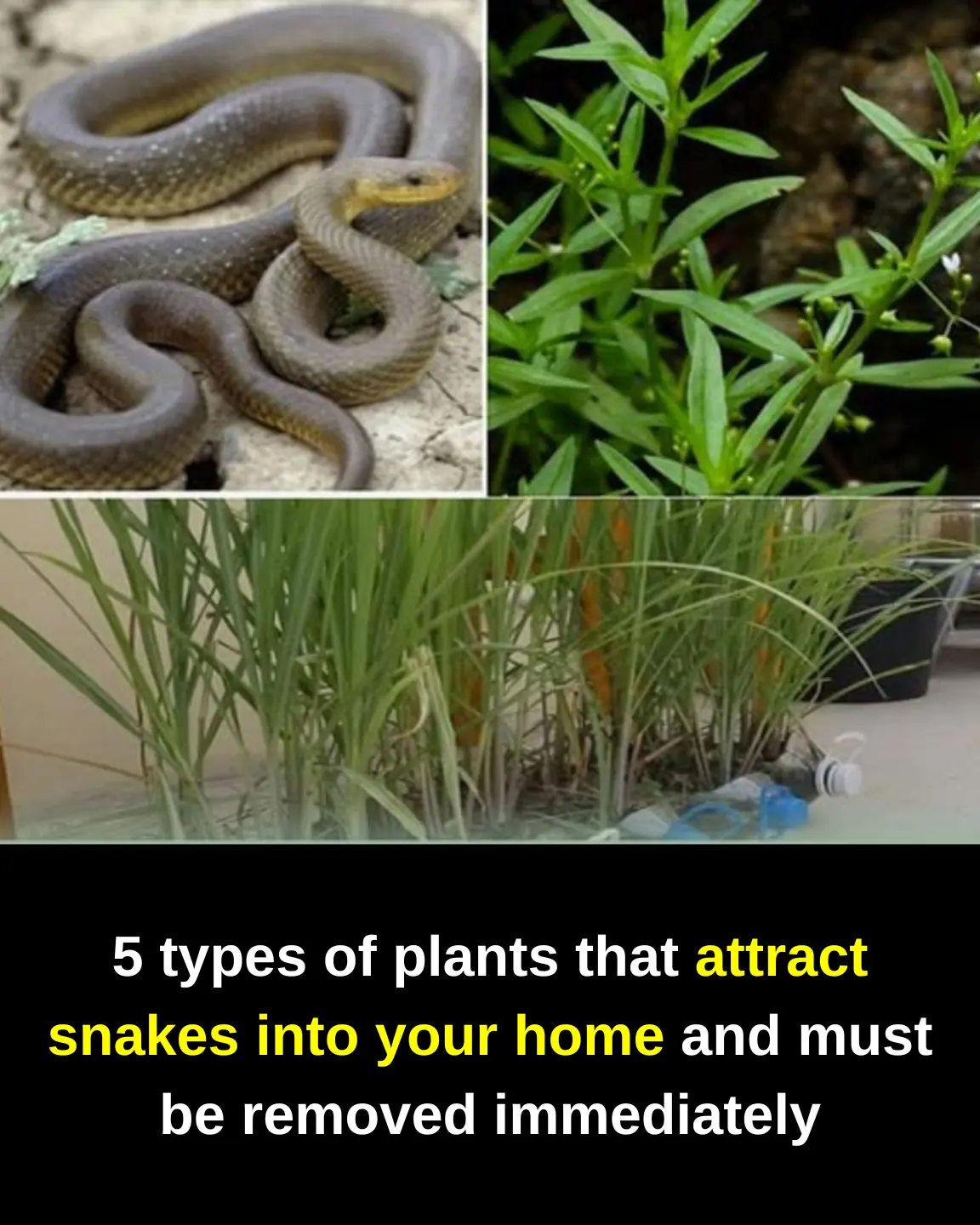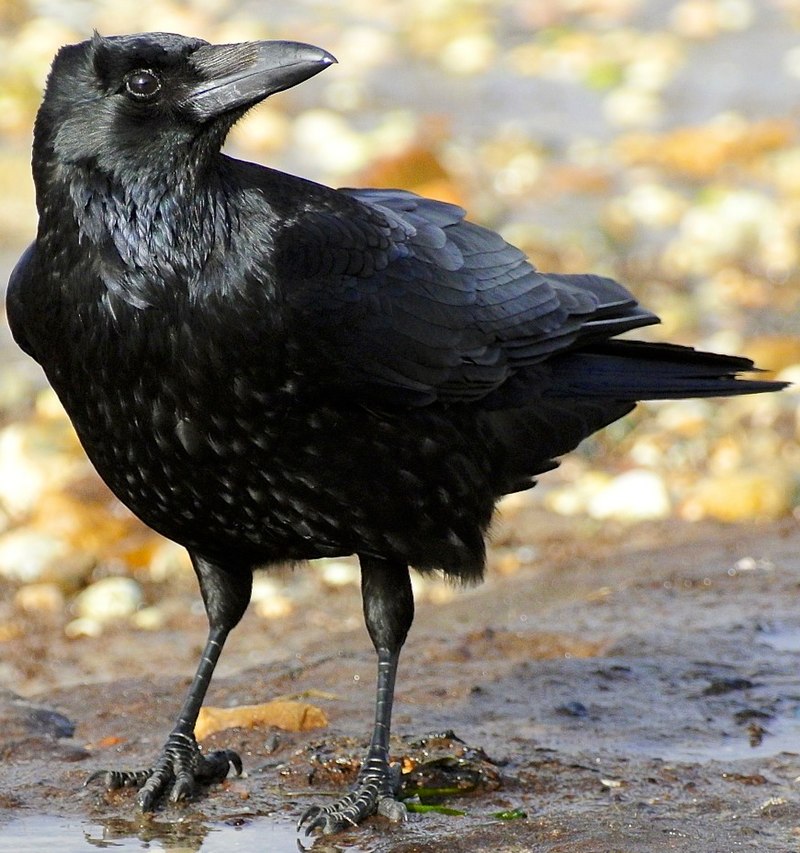
If you’re planning a garden or landscaping your backyard, choosing the right plants isn’t just about beauty or fragrance—it can also affect which animals are drawn to your space. While snakes are valuable in the ecosystem, helping control pests like rodents and insects, most people don’t want them lurking in their yards or gardens—especially near homes with children or pets.
Believe it or not, some common plants can attract snakes, either directly or by creating the perfect environment for their food or shelter.
Here are 5 types of plants that are known to attract snakes, and what you can do to reduce the risk.
🐍 1. Dense Ground Covers (like Ivy, Creeping Jenny, or Pachysandra)
These low-growing, fast-spreading plants are popular in landscaping because they control erosion, fill in gaps, and look lush. But for snakes, they offer perfect hiding places. The dense, shaded foliage helps them stay cool during the day and move undetected.
Why it attracts snakes:
- Offers excellent cover from predators
- Maintains cool, moist soil—ideal for many snake species
- Attracts insects and small rodents (snake food)
What to do instead:
If you like the look of ground cover, choose lower-density options and trim them regularly to prevent overgrowth. Keep them a safe distance from the foundation of your house.
🐭 2. Fruit-Bearing Shrubs and Bushes
Blueberries, raspberries, and similar shrubs are delicious—but not just for you. Fallen fruit attracts rodents and birds, which in turn attract snakes looking for an easy meal. Snakes don’t eat fruit, but they will hang around wherever their prey is plentiful.
Why it attracts snakes:
- Fallen fruit = rodent buffet
- Thick foliage = hiding spots for prey and predators alike
What to do instead:
If you grow fruit bushes, pick fruit regularly and clear any that falls to the ground. Prune the plants to maintain airflow and reduce shady hiding spots underneath.
🌾 3. Ornamental Grasses (like Pampas Grass or Fountain Grass)
Tall, bushy grasses with thick bases can look stunning in a garden—but they also create the perfect hiding and nesting environment for snakes. Some grass varieties grow dense clumps that are nearly impossible to see through.
Why it attracts snakes:
- Ideal for camouflage and nesting
- Often used by rodents and birds, which bring predators with them
What to do instead:
If you plant ornamental grasses, cut them back regularly, especially in late spring and fall. Avoid planting them close to walkways, patios, or entrances.
🌵 4. Rock Gardens and Cactus Beds
You might not think of succulents or rocks as snake-friendly, but they are. Rock gardens create warm hiding spots, especially in the cracks and crevices between stones. Snakes use these to regulate body temperature and rest during the day.
Why it attracts snakes:
- Rocks retain heat, perfect for cold-blooded reptiles
- Cracks provide shaded shelters
- Often low-maintenance areas that attract small lizards and insects
What to do instead:
Use mulch or gravel with fewer large rocks, and keep the area weed-free. Avoid stacking rocks tightly unless you’re using a closed rock wall design.
🌿 5. Mulch Beds and Leafy Plants With Low-Hanging Foliage
Plants like hostas, ferns, and elephant ears are favorites in shady gardens, but their large, low leaves provide excellent cover for snakes. Combine that with mulch, which retains moisture and hosts insects and frogs, and you’ve got a perfect micro-habitat.
Why it attracts snakes:
- Moist mulch = frogs, bugs, and other prey
- Large leaves = shady, safe hiding spots
What to do instead:
Choose plants with upright growth habits or raise the canopy by pruning lower leaves. Replace thick mulch with a thin layer of bark or pine needles, and keep the area tidy.
✅ Tips to Keep Snakes Out of Your Yard (Without Harm)
- Keep grass short and trim back overgrown areas.
- Seal any holes or gaps under sheds, patios, or decks.
- Avoid overwatering—damp soil attracts frogs, slugs, and rodents.
- Control rodents and insects, which are snake food.
- Use snake-repelling plants like marigolds, lemongrass, garlic, or wormwood near entrances or borders.
- Install garden edging or barriers to make it harder for snakes to enter dense plant beds.
🐍 Final Thoughts: Think Before You Plant
While snakes are not inherently dangerous and are beneficial to the ecosystem, it’s perfectly understandable to want to avoid attracting them close to your home. Knowing which plants create a snake-friendly environment is the first step in controlling that risk.
By making smarter landscaping choices—like avoiding overly dense ground covers, cleaning up fruit regularly, and minimizing dark, humid spots—you can enjoy your garden without unwanted slithering surprises.
Always remember: a well-maintained garden is not just beautiful—it’s also safer.



